Let's say you have a software dream moment: after years of building, the world catches on to the value of your product. Suddenly, you go from getting a handful of enterprise inquiries per week to a thousand per day.
First of all, congratulations.
Second of all, it’s time to stand up an inbound lead outreach system quickly—or risk losing out on high-profile prospects.
At Clay, we use Clay to handle our version of this challenge. We 10x'd YoY and have recently been faced with the good problem of needing to craft and automate our inbound lead outreach process.
Let's take a look at what lead inbound outreach is, why it's so important to get it right, and how we do it here.

Why inbound lead outreach is more complicated than you might think
At Clay, our inbound leads often come in as follows:
A VP of RevOps at a mid-market startup makes their way to our pricing page and clicks the “Contact Us'' button at the enterprise level. Voila: they’re officially an inbound lead—and they’re about to get an email.
What happens on our end isn’t as simple as putting a name into a salesperson’s queue.
Instead, our inbound lead outreach consists of three parts:
- Scoring, which determines who’s worth reaching back out to
- Routing, which assigns leads to an SDR or AE
- Messaging, which strike the right tone to proactively engage the lead
Traditionally, when an inbound lead fills out an interest form, a go-to-market/sales function undertakes a significant amount of research to see if the lead is a good fit. They also research the individual, their company, and more.
The challenge is that all that background work needs to be done as quickly as possible. The moment a prospective customer indicates some level of interest, you’re in a race against time. A number of studies from research teams associated with MIT and Harvard have shown that the chances of closing a deal are far stronger if you reach out within the first 5 minutes of receiving an inbound signal. In fact, the sooner you reach out to your leads, the better.
While inbound marketing may seem like an easy way for organizations to gain customers—the prospect reached out to you, after all—you actually have to be incredibly strategic and agile to get it right.

As of 2022, according to research done by Lead Connect and reported by Vendasta, sales conversions were 391% higher when leads got replies within one minute of reaching out.
Your outreach needs to be both timely and sound relevant and human. Unless they’re in it for the love of the simulation, they’re probably going to want to be communicated with as if they’re in a one-to-one conversation between human beings. Crummy automations that treat leads like numbers—Hi [first name] I see that you like software and want to buy some—aren’t going to cut it. You need to figure out how to make your prospect feel seen and their problem understood.
How we approach inbound lead outreach at Clay
We’re going to walk through how we treat inbound lead outreach at Clay. It may come as no surprise that we use Clay, along with a few other tools (Typeform, Zapier, and Hubspot).
We automate our system to be able to collect reliable data on companies and people in seconds. That means…
- We only need a name and email to find everything we need to know about a prospect. Clay uses web scraping to discover someone’s job history, employer, company revenue, headcount, etc.
- We can leverage high-touch data and AI to create messaging that feels like it was written by a human for a human.
- We can connect our enriched data to your CRM to make it a comprehensive source of truth.
What our inbound lead outreach process looks like
Let's walk through how we do inbound lead outreach at Clay, step by step.
Step 1: The customer fills out a form and the automated outreach process begins
The first thing that happens is someone wanders over to our corner of the internet and clicks the Contact Us button.
At Clay, we use Typeform, a no-code form and template-building software that enables us to collect information.
First, we ask for their full name and a work email. Then, we ask a series of questions that help us determine if they’re a good fit for enterprise. These questions are:
- What is the most important problem you want to solve with Clay?
- How many contacts do you enrich and email per month?
- How important is it to find phone numbers associated with your contacts?
- What tools are you currently using to solve your data provider challenges?
- Do you have a timeline for purchasing the right tool for your use case?
- Are you inquiring about our enterprise option as an outbound or marketing agency?

These questions help determine if the prospect is a good fit for an enterprise plan.
If someone actually doesn’t need an enterprise solution, we’re going to call that out. This isn’t charity, it’s a business decision that helps us determine who we should be talking to. Time is our most valuable resource and we want to spend it on people who are the right fit.
Step 2: Before automating, send the lead to our HubSpot and Slack
When an inbound lead fills out our Typeform, the leads go directly to HubSpot and a designated Slack channel. That gives all our GTM Engineers (i.e., our sales team) visibility on the prospects coming through.
The Slack Channel is what we refer to as a glass box (as opposed to a black box). It helps the entire team be aware of what’s happening in real-time. Though we automate a large part of our scoring and outreach (more on that below), we inject this manual visibility into the process as a failsafe.

Step 3: Enrich the lead in two different Clay tables
As soon as our prospect fills out the Typeform, we sync their submission to a few different Clay tables via Zapier to learn more about their company, size, revenue, and fundraising.
Table One: Track where prospects are coming from
First, we route information to a simple table that scrapes the internet using name and email to find our prospect’s company domain.

Table Two: Design a soup-to-nuts outreach motion
The second table powers our entire outreach motion. It’s sometimes hard to communicate how powerful a well-built Clay table is, but this example really spotlights its capabilities.
- First, we pull the prospects’ Typeform data into our Clay table. It includes our leads’ basic information and the crucial follow-up questions we asked to assess their true needs.

- Then, we pull the company domain from their email.
- Next, we scrape the company’s website
- We pull their sales and growth headcounts, as well as open sales and growth jobs at the company. This helps us get a more complete picture of what their go-to-market functions actually look like, who the internal stakeholders using the product on a daily basis might be, etc.
- Then we find the person's title and months of experience in their current role. We want to use this information to draft an email line that is personalized and specific to this person.
- Then, we determine the company’s total headcount which will help inform if this is the type of organization that could really use an enterprise solution.

- We also pull revenue and fundraising data.

- The final step of the process is to do some basic lead scoring based on an organization’s size, revenue, and fundraising level to determine if they fall into an enterprise tier.
If the organizations meet our defined criteria for enterprise, the table will provide an “Enterprise” result. This will pipe them into the next components of the funnel where we’ll personalize messaging for our lead.

- We feed their experience into an AI prompt that buckets them into one of five groups based on the length of their tenure, triggering one of five possible email lines; for example: “Noticed you just started this month—congrats!” or “Noticed you’re coming up on a year—congrats!”

- We then want to write another email line that is specific to the company and their purpose so they know we’ve done our research. We feed the scraped company website data to another AI prompt.
This scrape alone generates a line that says something like: “Love how [your business] helps [your target audience] with [this problem]!”
For example, “Love how Reading Horizons helps struggling students excel in reading proficiency.”

With this Clay flow, the moment an inbound lead expresses interest on the Pricing page via the Typeform, we automatically pull all the information we need to draft creative, personalized outreach to effectively reach our inbound leads—without any manual work.
Step 4: To trigger personalized outreach, sync the table to your CRM
We sync our Clay table outputs to HubSpot. This helps us automatically update the individual lead’s information and the company information based on our Clay enrichments.
Any company that meets our criteria for enterprise automatically gets enrolled in an email outreach template in HubSpot to set up a meeting.
Then, we use our Clay table to pull our AI-generated lines into the templated email. There is a real art to determining how to write well-crafted email copy that incorporates AI at key points and you can read more about that here.
Here’s the TLDR:
- Demonstrate that you actually know who they are and where they’re coming from.
- Be clear about how you would go about solving their problems, or in this case, highlight how their organization is a good fit for Clay.
- Focus on getting a reply, not selling your product.
When an inbound lead is right for us, we provide a Calendly link so they can book a meeting if they’re genuinely interested.
There are occasions where we actually recommend that our prospects sign up for a non-enterprise option (and pay us less money). We tell them why we think they should pay for a self-serve plan and give them the opportunity to tell us if we’re wrong.
Why? As we mentioned before, time is our most important resource. We’re not interested in bringing bad-fit customers into an enterprise discovery call.
For what it’s worth, this strategy is a winning one for us. Many customers have followed up to say they appreciate that we’re recommending a less expensive option. From time to time, they provide more context on why enterprise is actually probably the right route for them. At this point, we’ve established a relationship based on trust.

We’re protecting our go-to-market engineers—the talented people headlining our sales initiatives—by directing their time to the candidates who actually fit the enterprise bill. And, we’re fostering trust with our prospects. Win-win. Bingo bango.
Step 6: When a warm lead books a call, the deal is on (and automatically syncs to the CRM)
Here’s what happens when someone clicks on that precious Calendly link.
Right before scheduled meetings, our go-to-market engineers can easily pull up the fully enriched lead records in HubSpot to view lead score, pain points, role context, company intel, and other data pulled from Clay to make their sales calls effective.
By this time, we're well-positioned with the research that our product did for us.
Inbound lead outreach is an iterative process
To sum things up: by using three tools—Typeform, Hubspot, and Clay—with Clay at the center of the operation—we’re able to receive inbound inquiries, enrich their data, craft personalized messaging, maintain an up-to-date customer relationship management system, and schedule a call.

It’s important for us to call out that we’re iterating all the time. Our lead scoring formula is always in flux and we’re constantly A/B testing the criteria that determine a good-fit prospect.
We always utilize the information we’ve gathered to create a well-rounded portrait of our prospects and their company.
Try the Inbound Lead Outreach Clay Table out for yourself!
You can use this end-to-end workflow to track and reach out to your own enterprise prospects.
Let us know how it goes, what strategies you expand upon, and where you’d like to learn more.
Sign up for our newsletter to stay up-to-date on how you can use Clay to revolutionize your go-to-market strategy.
Let's say you have a software dream moment: after years of building, the world catches on to the value of your product. Suddenly, you go from getting a handful of enterprise inquiries per week to a thousand per day.
First of all, congratulations.
Second of all, it’s time to stand up an inbound lead outreach system quickly—or risk losing out on high-profile prospects.
At Clay, we use Clay to handle our version of this challenge. We 10x'd YoY and have recently been faced with the good problem of needing to craft and automate our inbound lead outreach process.
Let's take a look at what lead inbound outreach is, why it's so important to get it right, and how we do it here.

Why inbound lead outreach is more complicated than you might think
At Clay, our inbound leads often come in as follows:
A VP of RevOps at a mid-market startup makes their way to our pricing page and clicks the “Contact Us'' button at the enterprise level. Voila: they’re officially an inbound lead—and they’re about to get an email.
What happens on our end isn’t as simple as putting a name into a salesperson’s queue.
Instead, our inbound lead outreach consists of three parts:
- Scoring, which determines who’s worth reaching back out to
- Routing, which assigns leads to an SDR or AE
- Messaging, which strike the right tone to proactively engage the lead
Traditionally, when an inbound lead fills out an interest form, a go-to-market/sales function undertakes a significant amount of research to see if the lead is a good fit. They also research the individual, their company, and more.
The challenge is that all that background work needs to be done as quickly as possible. The moment a prospective customer indicates some level of interest, you’re in a race against time. A number of studies from research teams associated with MIT and Harvard have shown that the chances of closing a deal are far stronger if you reach out within the first 5 minutes of receiving an inbound signal. In fact, the sooner you reach out to your leads, the better.
While inbound marketing may seem like an easy way for organizations to gain customers—the prospect reached out to you, after all—you actually have to be incredibly strategic and agile to get it right.

As of 2022, according to research done by Lead Connect and reported by Vendasta, sales conversions were 391% higher when leads got replies within one minute of reaching out.
Your outreach needs to be both timely and sound relevant and human. Unless they’re in it for the love of the simulation, they’re probably going to want to be communicated with as if they’re in a one-to-one conversation between human beings. Crummy automations that treat leads like numbers—Hi [first name] I see that you like software and want to buy some—aren’t going to cut it. You need to figure out how to make your prospect feel seen and their problem understood.
How we approach inbound lead outreach at Clay
We’re going to walk through how we treat inbound lead outreach at Clay. It may come as no surprise that we use Clay, along with a few other tools (Typeform, Zapier, and Hubspot).
We automate our system to be able to collect reliable data on companies and people in seconds. That means…
- We only need a name and email to find everything we need to know about a prospect. Clay uses web scraping to discover someone’s job history, employer, company revenue, headcount, etc.
- We can leverage high-touch data and AI to create messaging that feels like it was written by a human for a human.
- We can connect our enriched data to your CRM to make it a comprehensive source of truth.
What our inbound lead outreach process looks like
Let's walk through how we do inbound lead outreach at Clay, step by step.
Step 1: The customer fills out a form and the automated outreach process begins
The first thing that happens is someone wanders over to our corner of the internet and clicks the Contact Us button.
At Clay, we use Typeform, a no-code form and template-building software that enables us to collect information.
First, we ask for their full name and a work email. Then, we ask a series of questions that help us determine if they’re a good fit for enterprise. These questions are:
- What is the most important problem you want to solve with Clay?
- How many contacts do you enrich and email per month?
- How important is it to find phone numbers associated with your contacts?
- What tools are you currently using to solve your data provider challenges?
- Do you have a timeline for purchasing the right tool for your use case?
- Are you inquiring about our enterprise option as an outbound or marketing agency?

These questions help determine if the prospect is a good fit for an enterprise plan.
If someone actually doesn’t need an enterprise solution, we’re going to call that out. This isn’t charity, it’s a business decision that helps us determine who we should be talking to. Time is our most valuable resource and we want to spend it on people who are the right fit.
Step 2: Before automating, send the lead to our HubSpot and Slack
When an inbound lead fills out our Typeform, the leads go directly to HubSpot and a designated Slack channel. That gives all our GTM Engineers (i.e., our sales team) visibility on the prospects coming through.
The Slack Channel is what we refer to as a glass box (as opposed to a black box). It helps the entire team be aware of what’s happening in real-time. Though we automate a large part of our scoring and outreach (more on that below), we inject this manual visibility into the process as a failsafe.

Step 3: Enrich the lead in two different Clay tables
As soon as our prospect fills out the Typeform, we sync their submission to a few different Clay tables via Zapier to learn more about their company, size, revenue, and fundraising.
Table One: Track where prospects are coming from
First, we route information to a simple table that scrapes the internet using name and email to find our prospect’s company domain.

Table Two: Design a soup-to-nuts outreach motion
The second table powers our entire outreach motion. It’s sometimes hard to communicate how powerful a well-built Clay table is, but this example really spotlights its capabilities.
- First, we pull the prospects’ Typeform data into our Clay table. It includes our leads’ basic information and the crucial follow-up questions we asked to assess their true needs.

- Then, we pull the company domain from their email.
- Next, we scrape the company’s website
- We pull their sales and growth headcounts, as well as open sales and growth jobs at the company. This helps us get a more complete picture of what their go-to-market functions actually look like, who the internal stakeholders using the product on a daily basis might be, etc.
- Then we find the person's title and months of experience in their current role. We want to use this information to draft an email line that is personalized and specific to this person.
- Then, we determine the company’s total headcount which will help inform if this is the type of organization that could really use an enterprise solution.

- We also pull revenue and fundraising data.

- The final step of the process is to do some basic lead scoring based on an organization’s size, revenue, and fundraising level to determine if they fall into an enterprise tier.
If the organizations meet our defined criteria for enterprise, the table will provide an “Enterprise” result. This will pipe them into the next components of the funnel where we’ll personalize messaging for our lead.

- We feed their experience into an AI prompt that buckets them into one of five groups based on the length of their tenure, triggering one of five possible email lines; for example: “Noticed you just started this month—congrats!” or “Noticed you’re coming up on a year—congrats!”

- We then want to write another email line that is specific to the company and their purpose so they know we’ve done our research. We feed the scraped company website data to another AI prompt.
This scrape alone generates a line that says something like: “Love how [your business] helps [your target audience] with [this problem]!”
For example, “Love how Reading Horizons helps struggling students excel in reading proficiency.”

With this Clay flow, the moment an inbound lead expresses interest on the Pricing page via the Typeform, we automatically pull all the information we need to draft creative, personalized outreach to effectively reach our inbound leads—without any manual work.
Step 4: To trigger personalized outreach, sync the table to your CRM
We sync our Clay table outputs to HubSpot. This helps us automatically update the individual lead’s information and the company information based on our Clay enrichments.
Any company that meets our criteria for enterprise automatically gets enrolled in an email outreach template in HubSpot to set up a meeting.
Then, we use our Clay table to pull our AI-generated lines into the templated email. There is a real art to determining how to write well-crafted email copy that incorporates AI at key points and you can read more about that here.
Here’s the TLDR:
- Demonstrate that you actually know who they are and where they’re coming from.
- Be clear about how you would go about solving their problems, or in this case, highlight how their organization is a good fit for Clay.
- Focus on getting a reply, not selling your product.
When an inbound lead is right for us, we provide a Calendly link so they can book a meeting if they’re genuinely interested.
There are occasions where we actually recommend that our prospects sign up for a non-enterprise option (and pay us less money). We tell them why we think they should pay for a self-serve plan and give them the opportunity to tell us if we’re wrong.
Why? As we mentioned before, time is our most important resource. We’re not interested in bringing bad-fit customers into an enterprise discovery call.
For what it’s worth, this strategy is a winning one for us. Many customers have followed up to say they appreciate that we’re recommending a less expensive option. From time to time, they provide more context on why enterprise is actually probably the right route for them. At this point, we’ve established a relationship based on trust.

We’re protecting our go-to-market engineers—the talented people headlining our sales initiatives—by directing their time to the candidates who actually fit the enterprise bill. And, we’re fostering trust with our prospects. Win-win. Bingo bango.
Step 6: When a warm lead books a call, the deal is on (and automatically syncs to the CRM)
Here’s what happens when someone clicks on that precious Calendly link.
Right before scheduled meetings, our go-to-market engineers can easily pull up the fully enriched lead records in HubSpot to view lead score, pain points, role context, company intel, and other data pulled from Clay to make their sales calls effective.
By this time, we're well-positioned with the research that our product did for us.
Inbound lead outreach is an iterative process
To sum things up: by using three tools—Typeform, Hubspot, and Clay—with Clay at the center of the operation—we’re able to receive inbound inquiries, enrich their data, craft personalized messaging, maintain an up-to-date customer relationship management system, and schedule a call.

It’s important for us to call out that we’re iterating all the time. Our lead scoring formula is always in flux and we’re constantly A/B testing the criteria that determine a good-fit prospect.
We always utilize the information we’ve gathered to create a well-rounded portrait of our prospects and their company.
Try the Inbound Lead Outreach Clay Table out for yourself!
You can use this end-to-end workflow to track and reach out to your own enterprise prospects.
Let us know how it goes, what strategies you expand upon, and where you’d like to learn more.
Sign up for our newsletter to stay up-to-date on how you can use Clay to revolutionize your go-to-market strategy.




















.jpg)
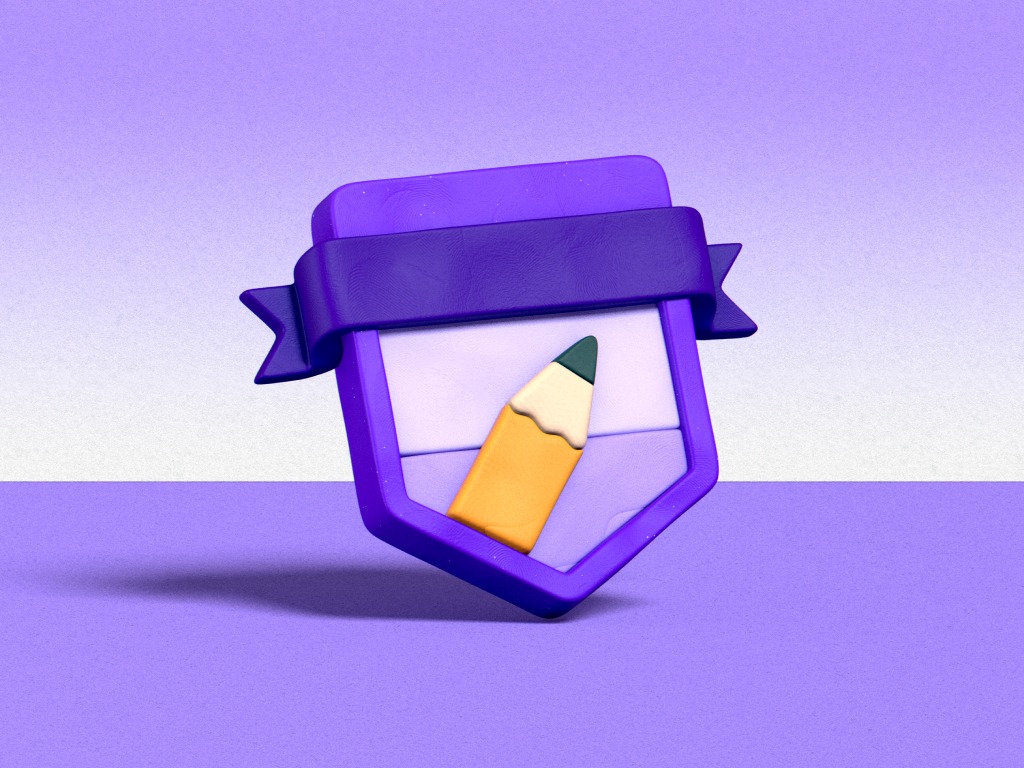


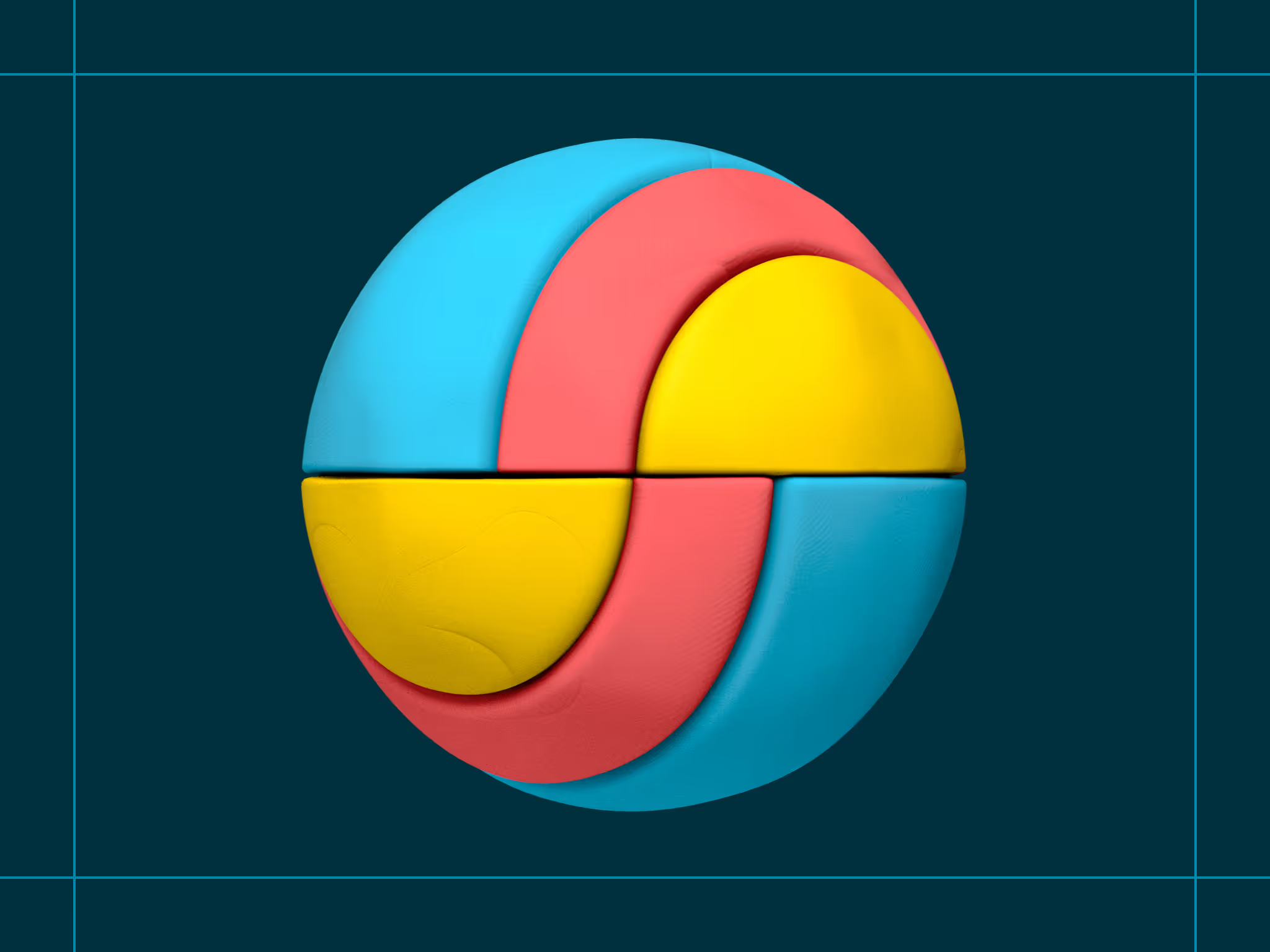
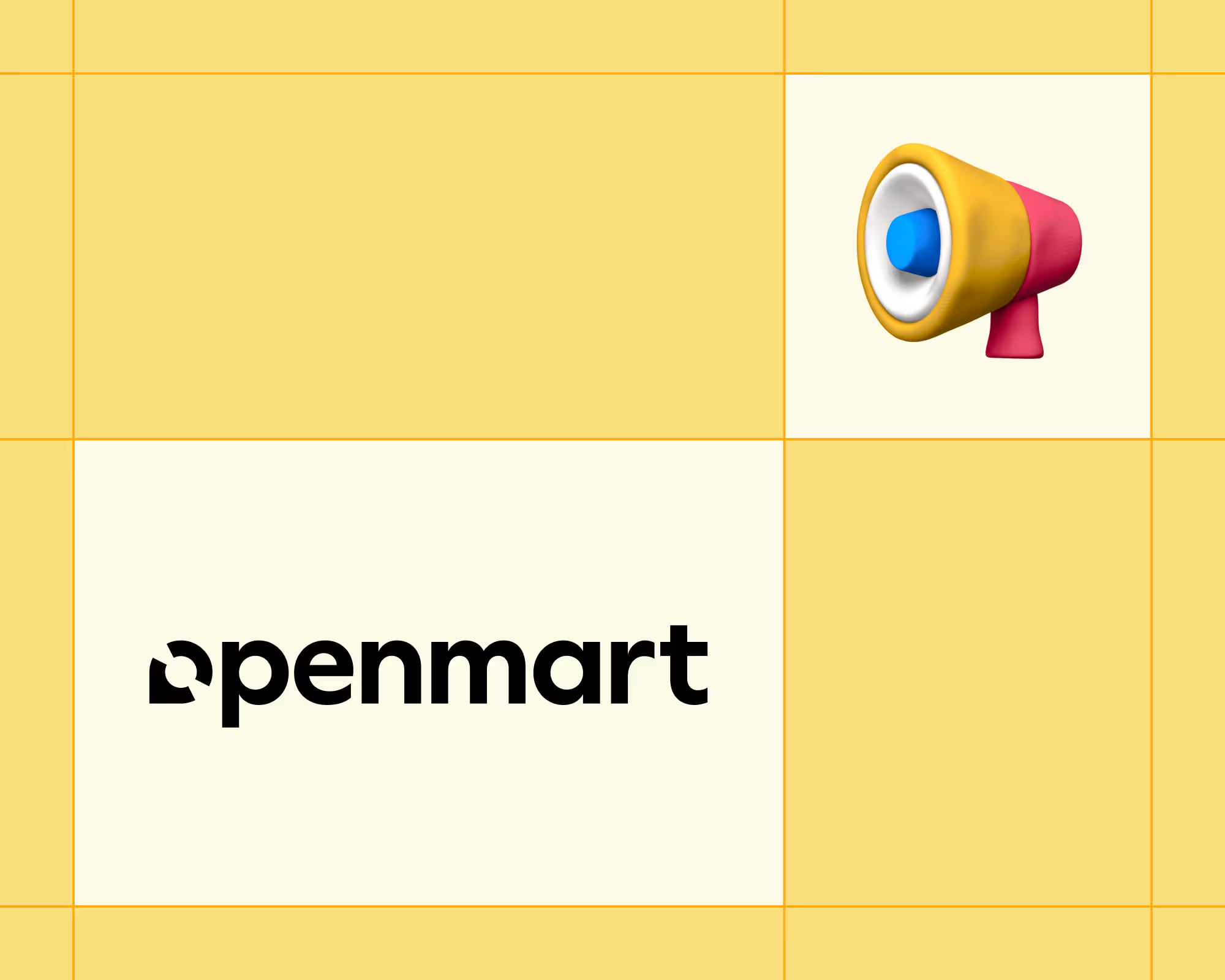
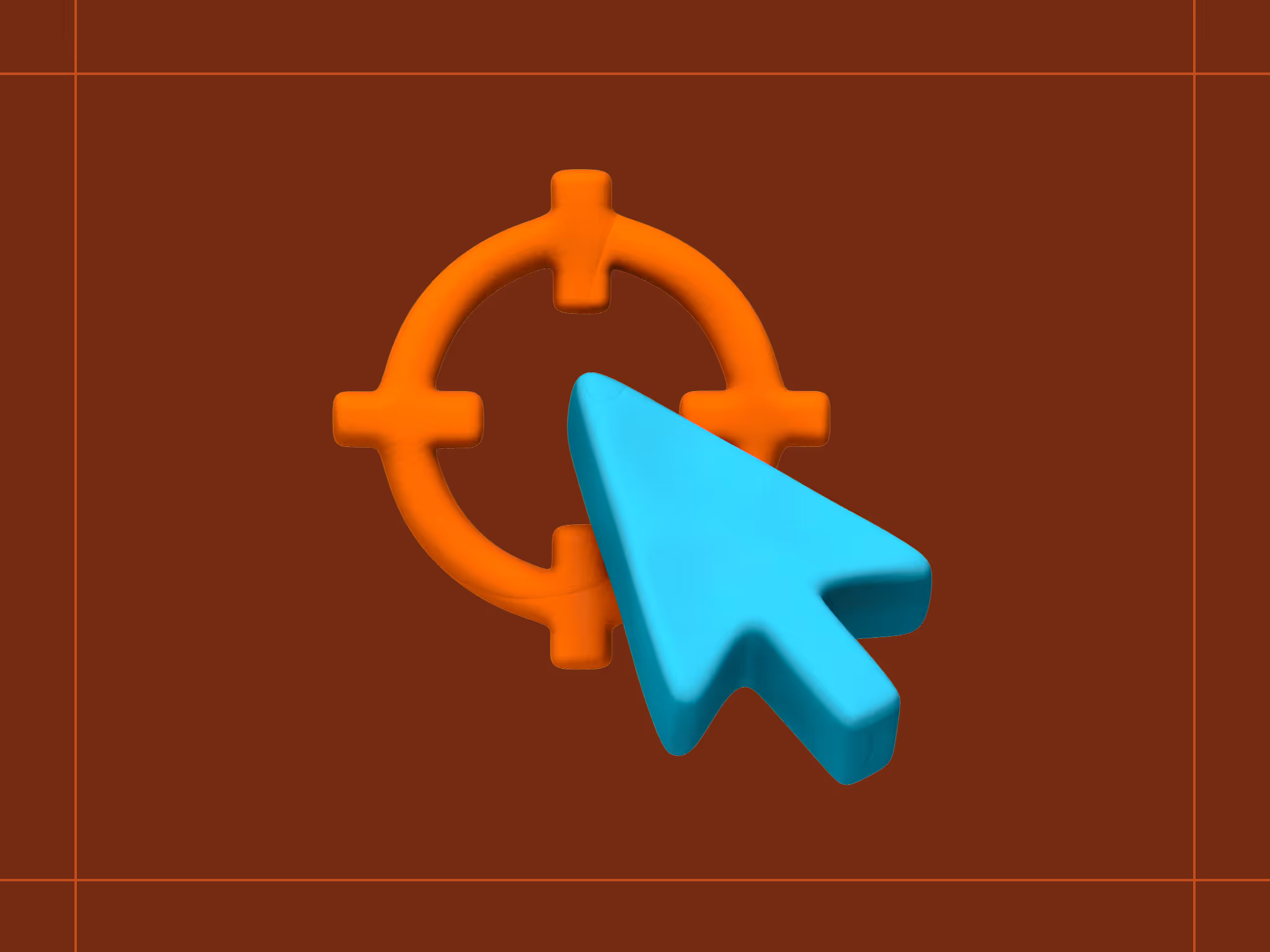
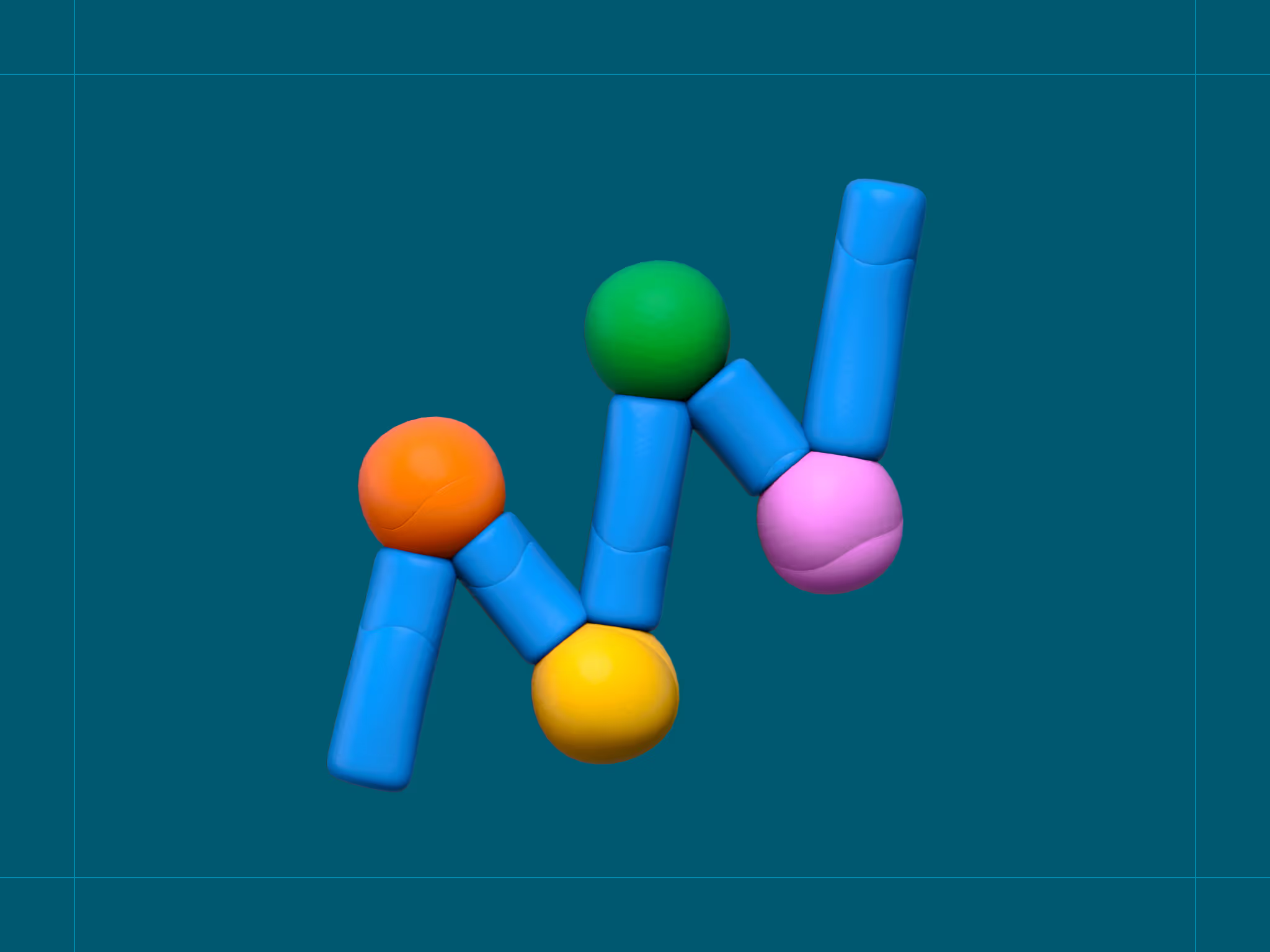
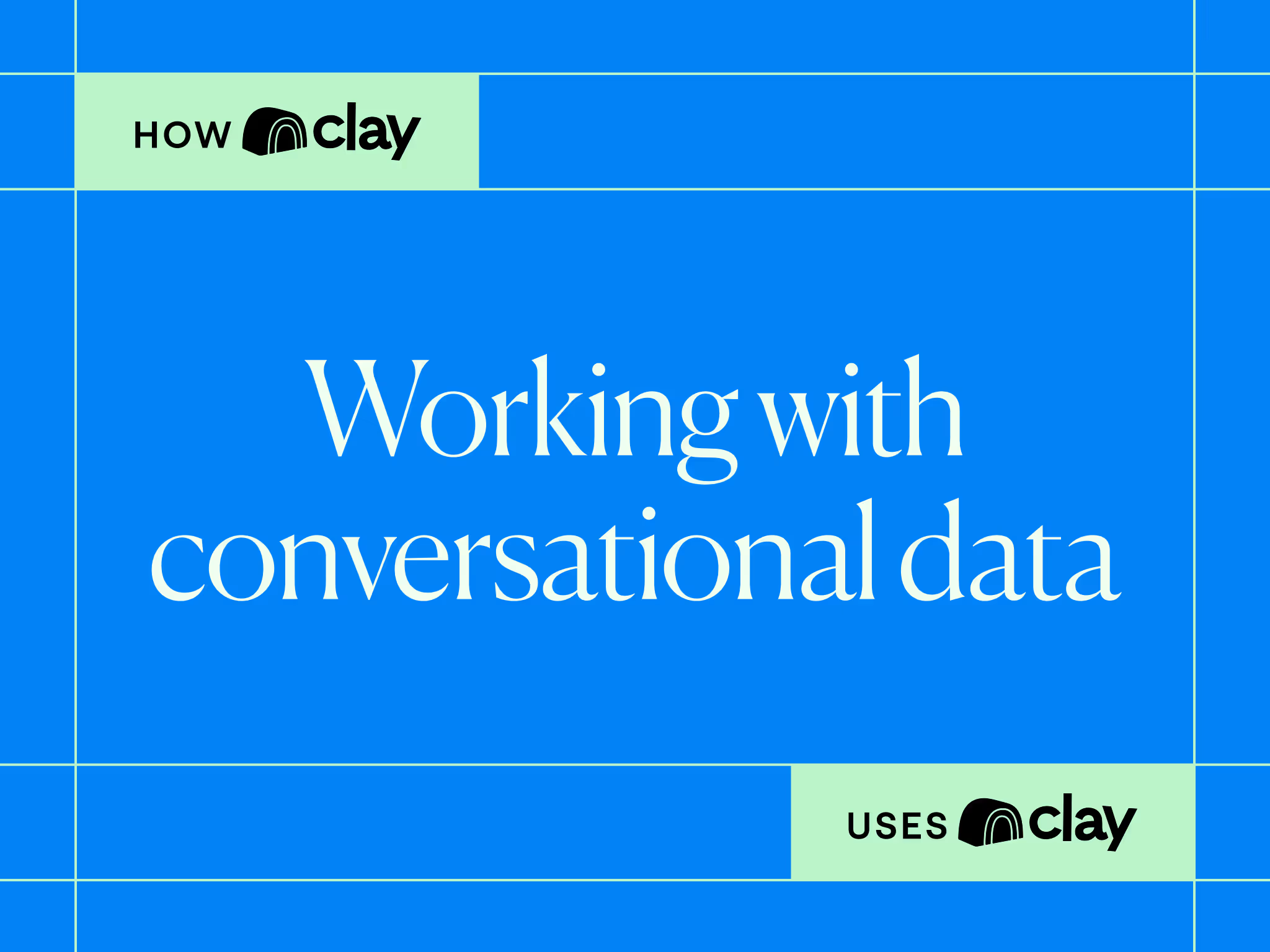
.avif)




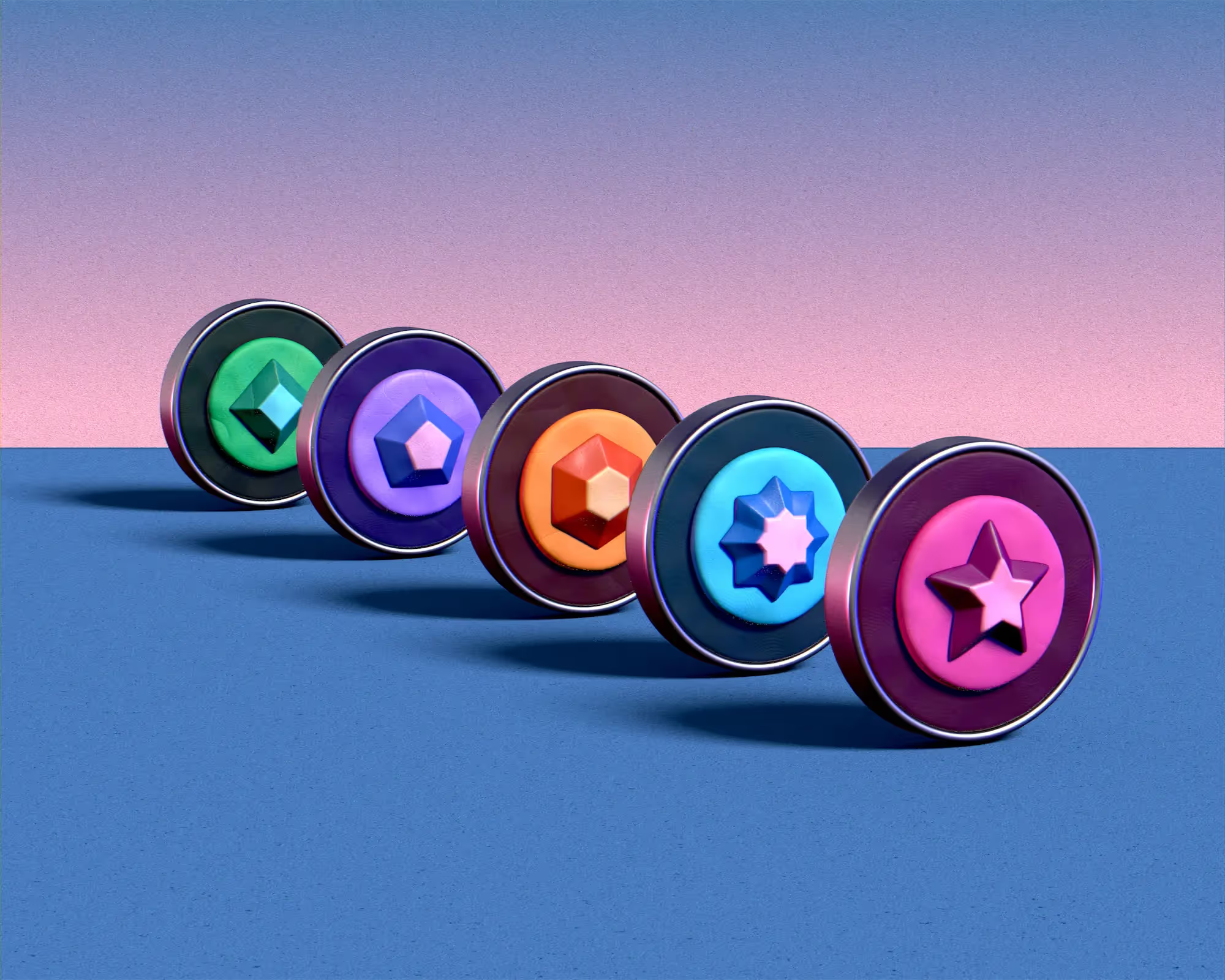
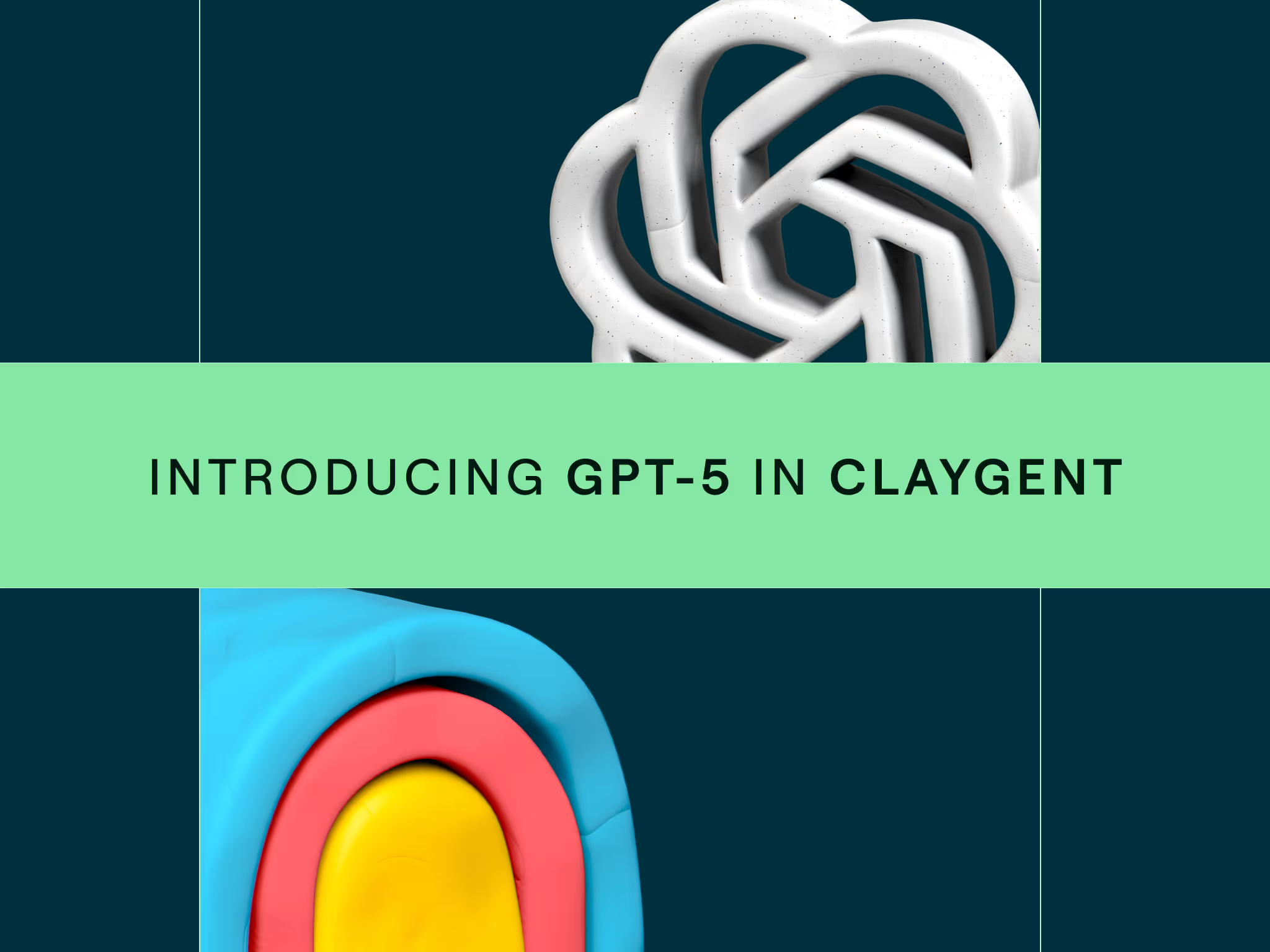
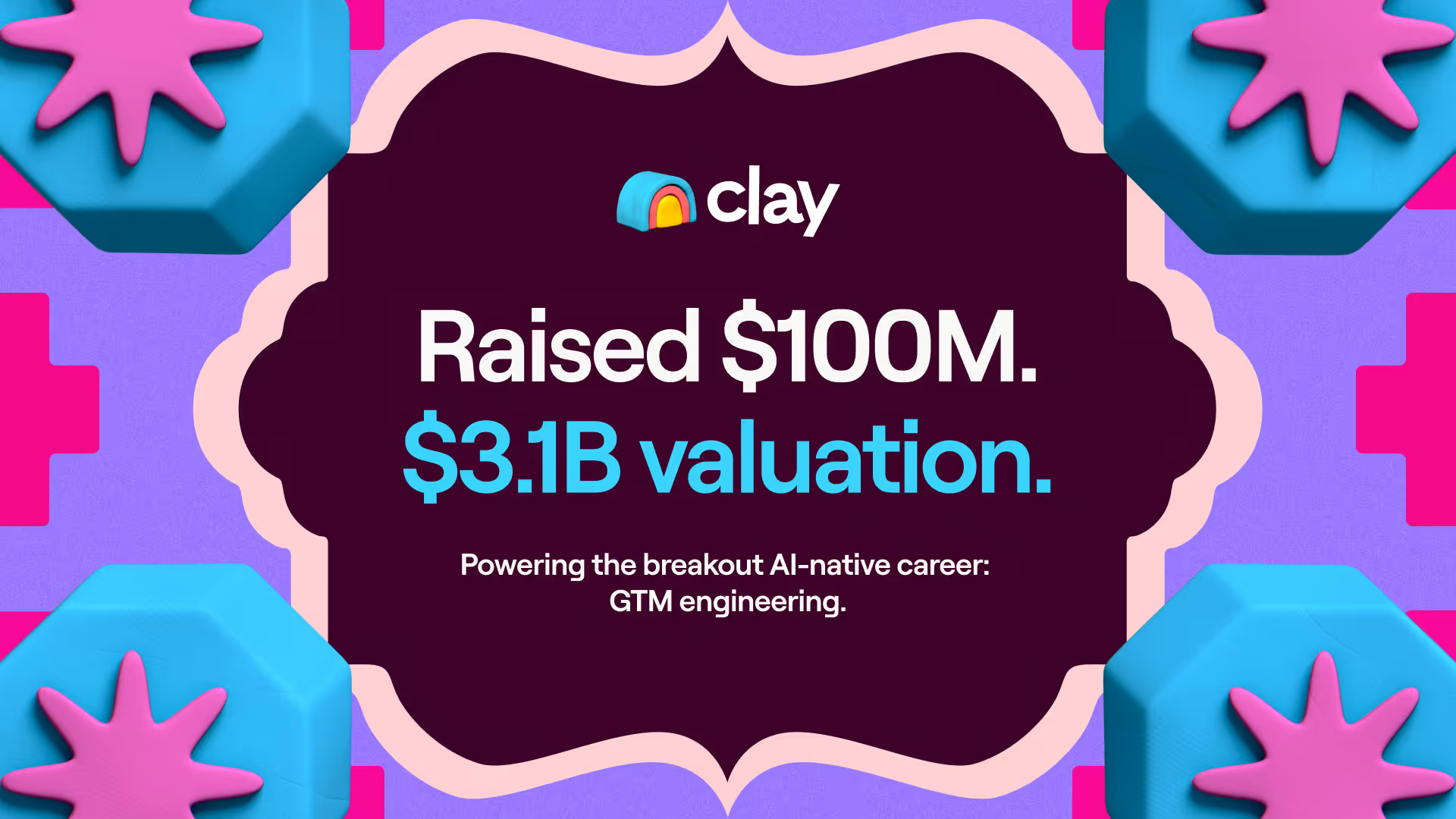




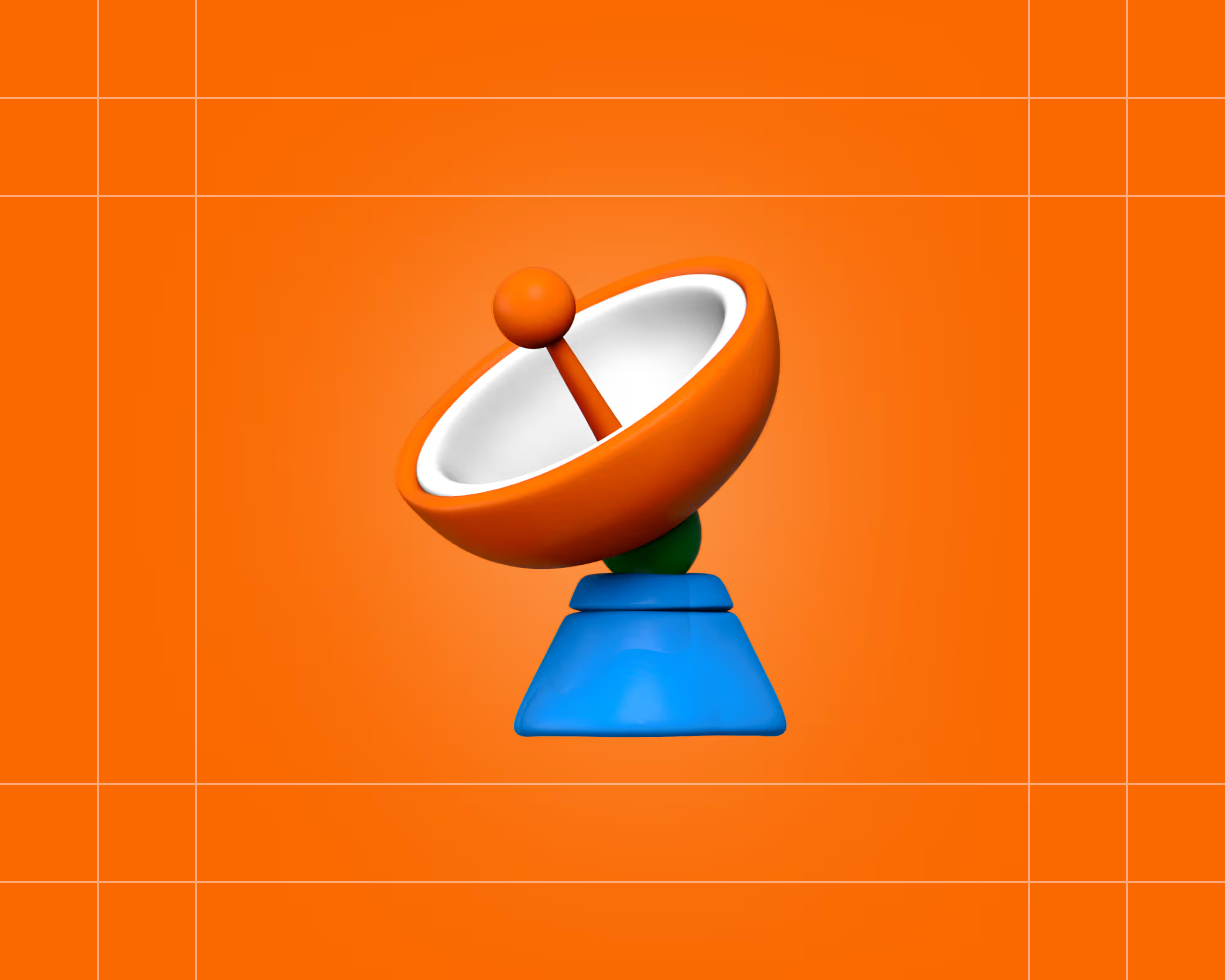

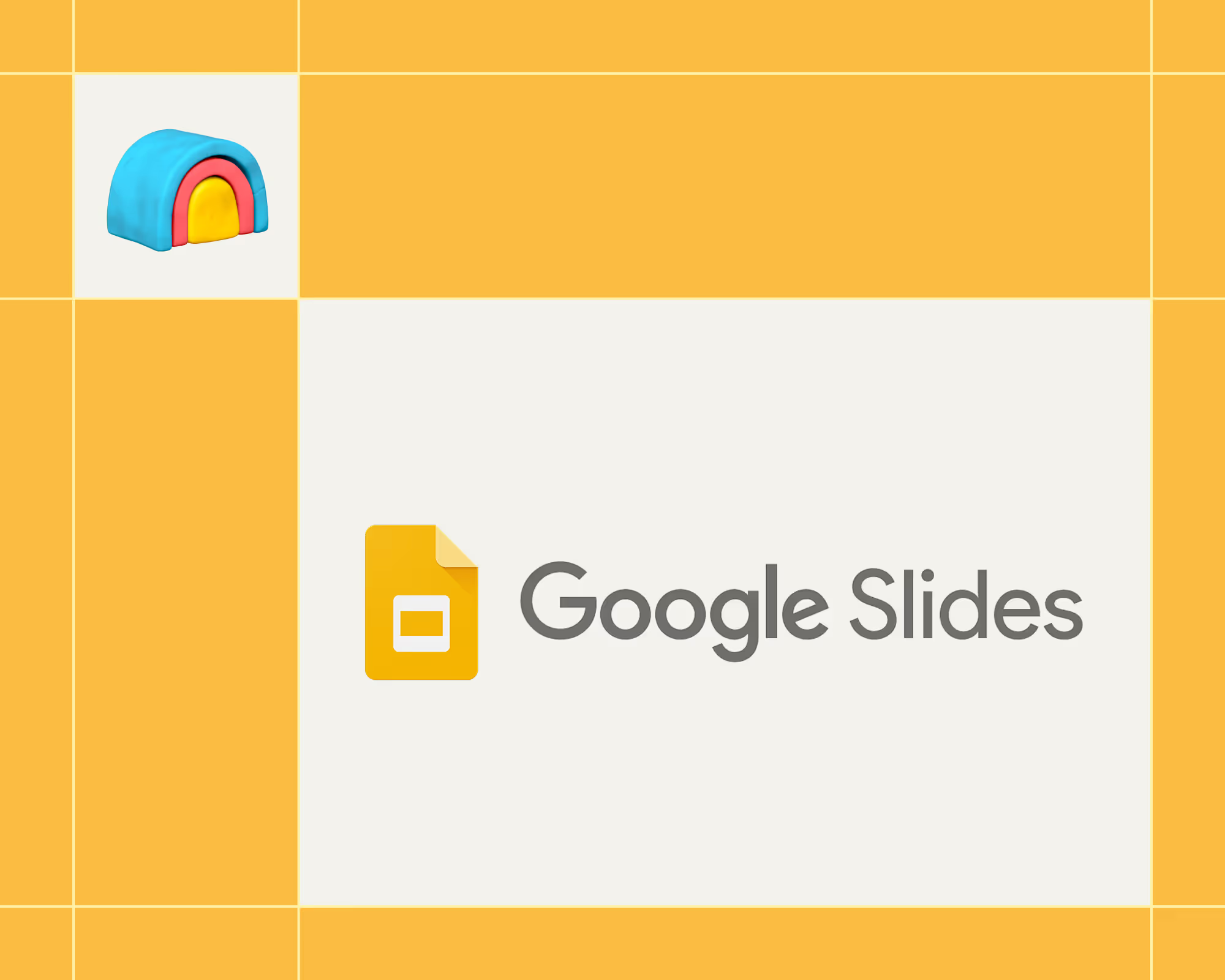
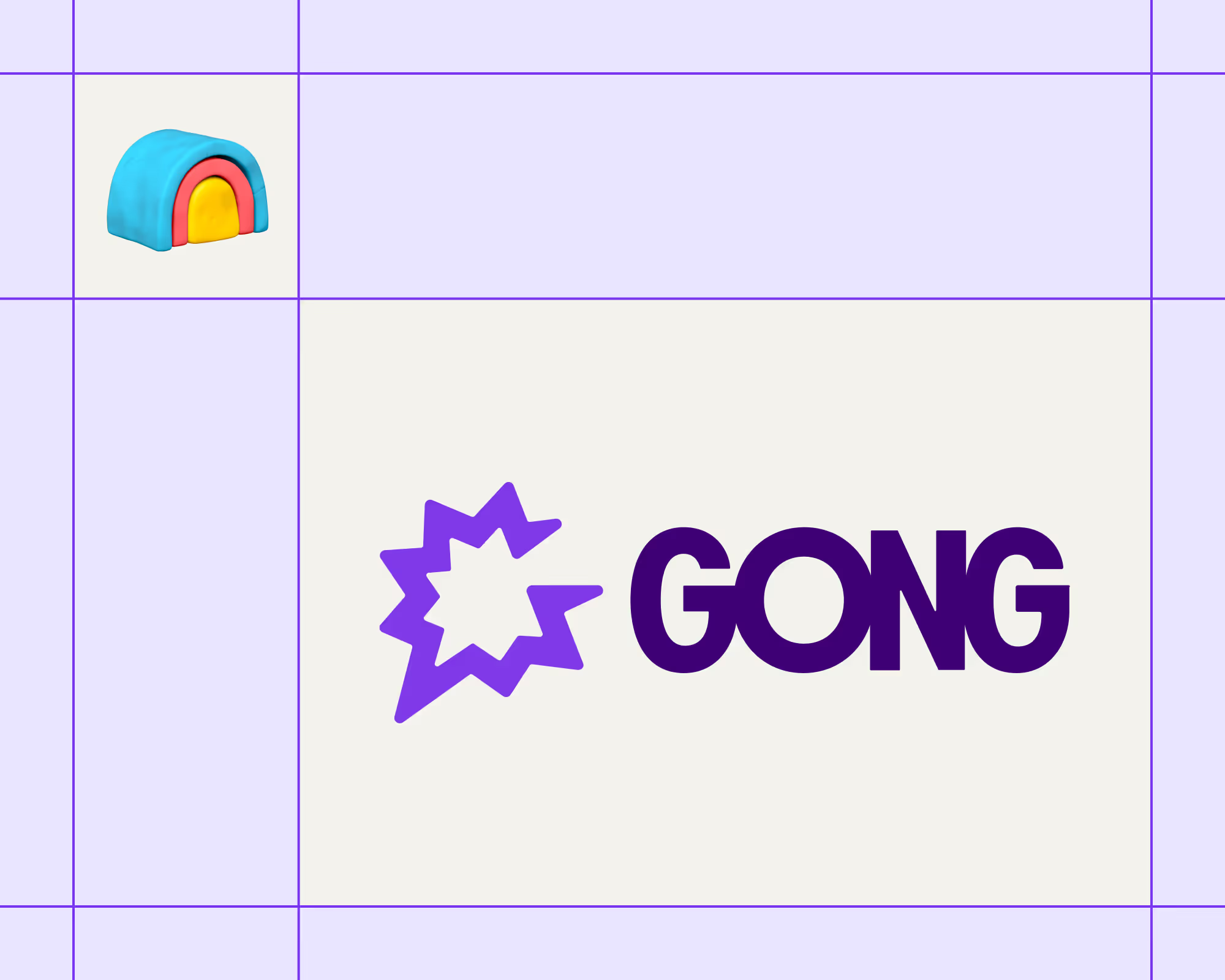

.avif)











.avif)
.avif)





















































